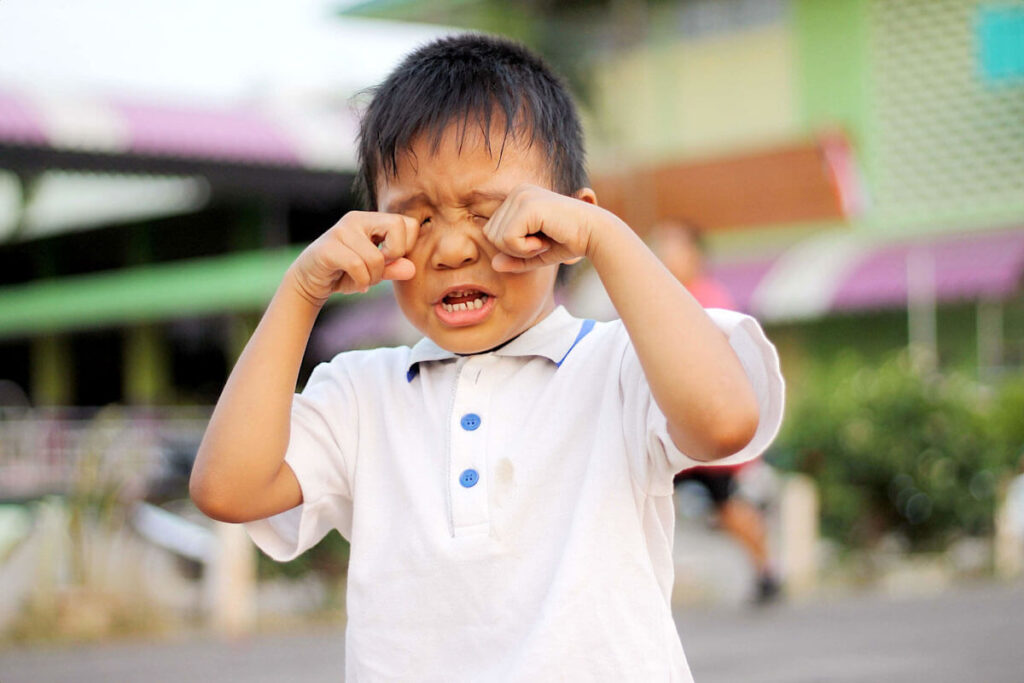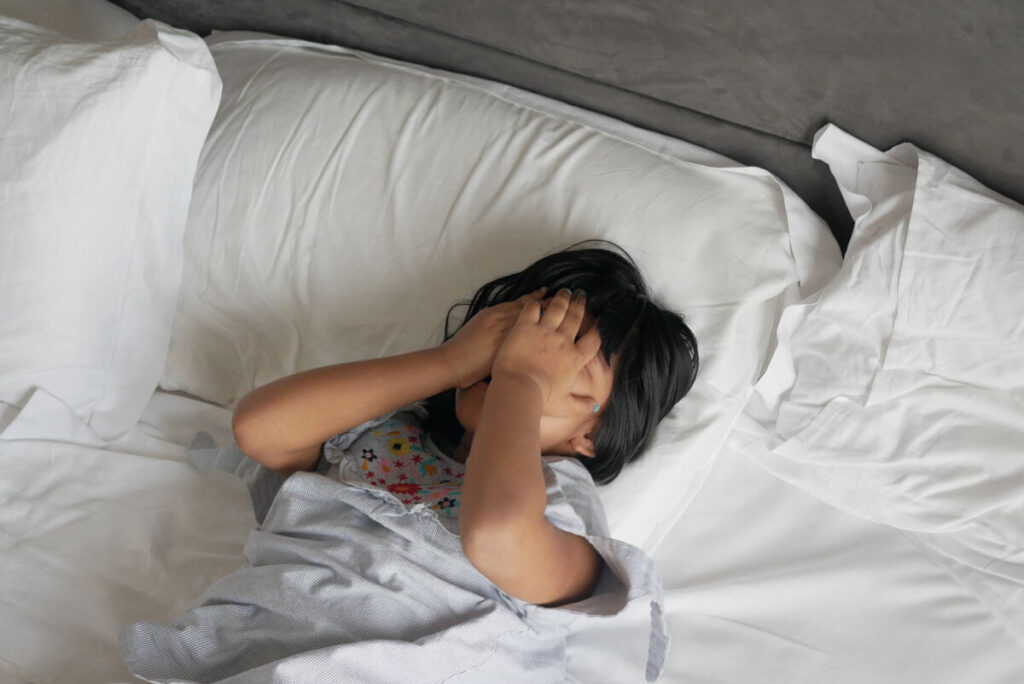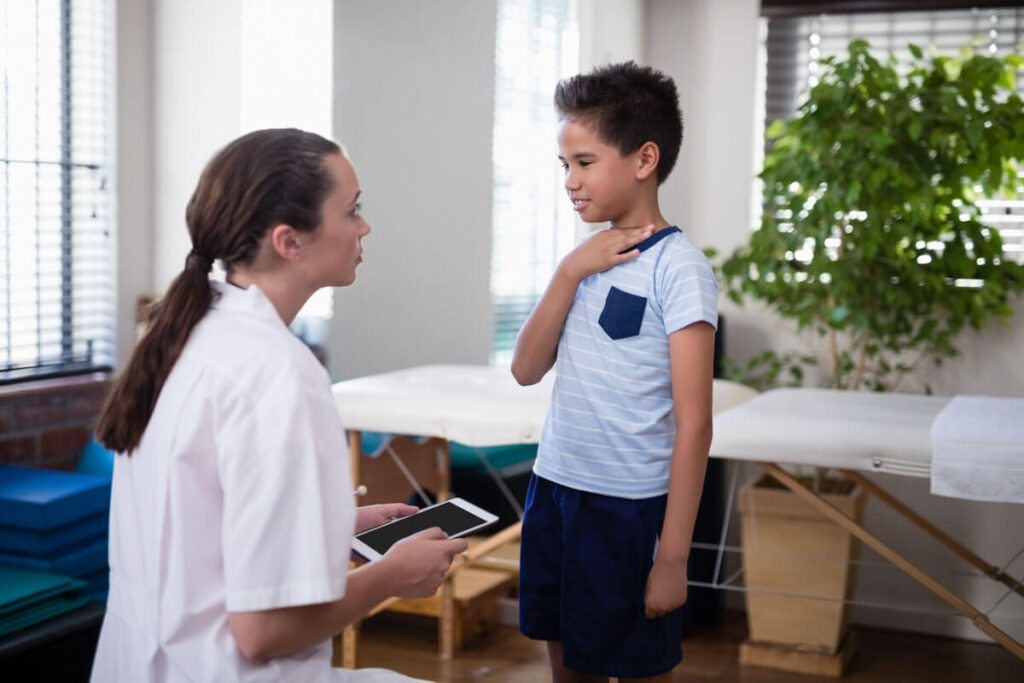Understanding and Managing Childhood Allergies: A Comprehensive Guide
Apr 03
As spring approaches, many parents find themselves concerned about their children’s allergies. With seasonal allergies affecting nearly 19% of children in the United States, understanding the symptoms, diagnosis, and treatment options is crucial for maintaining children’s health and well-being. Allergic rhinitis, commonly known as hay fever, affects between 5% and 50% of the global population, with children showing a notably higher prevalence. This condition can significantly impact a child’s quality of life, affecting their sleep, academic performance, and daily activities.

The Impact of Allergies on Children
The immune system plays a crucial role in how children respond to various allergens throughout the year. Spring often brings particular challenges as trees begin blooming and releasing pollen into the air. Understanding how different allergens affect the body is essential for proper treatment and relief. While many allergens can trigger reactions, the most common include tree pollen and grass pollen during spring months, along with mold spores both indoors and outdoors. Dust mites in bedding and carpeting, pet dander, and other indoor allergens pose year-round challenges. Additionally, ragweed and other flowering plants can cause significant symptoms during their blooming seasons.
Weather conditions significantly impact pollen levels, with warm, windy days typically causing higher pollen counts. Many patients notice their symptoms worsen during certain times of the day or specific weather patterns. Understanding these patterns helps in developing effective avoidance strategies and treatment plans.
Recognizing Allergy Symptoms
When allergens trigger an immune system response, children may experience a range of symptoms that can significantly impact their daily lives. The body releases histamine as part of this response, leading to various uncomfortable symptoms. Common manifestations include persistent sneezing, nasal congestion, and a runny nose with clear discharge. Many children also experience itchy, watery eyes and frequent throat clearing. These symptoms often lead to fatigue due to poor sleep quality, which can affect school performance and daily activities.

Parents should seek medical attention when their child experiences:
- Symptoms lasting longer than two weeks
- Interference with daily activities or sleep
- Poor response to over-the-counter medications
- Concurrent asthma symptoms
- Chronic congestion or sinus issues
- Development of nasal polyps

Comprehensive Diagnosis and Testing Approaches
Healthcare providers employ a thorough approach to diagnosing allergies accurately. The process typically begins with a detailed medical history review and physical examination. During this evaluation, doctors consider environmental exposure patterns and family history of allergies. An allergist may recommend specific tests to identify triggers and develop an effective treatment plan.
The modern approach to allergy testing encompasses several sophisticated methods working together to provide accurate diagnosis. Skin prick tests offer immediate information about allergic reactions to specific substances, while blood tests measure antibody levels to various allergens. In some cases, healthcare providers may recommend patch testing to identify delayed allergic responses. Additional controlled exposure testing might be necessary in specific situations. These comprehensive diagnostic approaches help healthcare providers develop targeted treatment strategies for each child’s specific needs, with testing processes generally being quick and causing minimal discomfort.
Comprehensive Treatment Strategies
Managing childhood allergies requires a multi-faceted approach that combines medication, environmental control, and preventive measures. The medication options available today are extensive and can be tailored to each child’s specific symptoms and severity. Antihistamines play a crucial role in blocking the histamine response that causes many allergy symptoms. For children with nasal congestion, various sprays and decongestants can provide relief.
Today’s treatment landscape offers numerous options for allergy management. Over-the-counter antihistamines often serve as a first line of defense, while prescription nasal sprays can provide more targeted relief for severe symptoms. Decongestant medications help manage congestion, and specialized eye drops address itchy eyes. For more severe cases, allergy shots (immunotherapy) or sublingual immunotherapy tablets may offer long-term relief by gradually desensitizing the immune system to specific allergens.
Advanced Allergy Prevention Strategies
Creating an allergy-resistant home environment requires attention to multiple factors. Here are essential strategies for both indoor and outdoor allergy prevention:
Indoor Environment Management:
- Install air purifiers with HEPA filters in bedrooms
- Use a vacuum cleaner with HEPA filtration
- Maintain air conditioning systems with regular filter changes
- Keep windows closed during high pollen counts
- Wash bedding weekly in hot water

Outdoor Activity Strategies:
- Check local pollen counts before planning activities
- Change clothes immediately after outdoor exposure
- Shower to remove pollen from hair and skin
- Keep car windows closed during travel
Seasonal Considerations
Spring cleaning takes on special significance for allergy sufferers. A comprehensive approach to deep cleaning helps remove accumulated allergens and prepares the home for the challenging spring allergy season. This process should include thorough cleaning of all surfaces, professional carpet cleaning, and careful attention to air conditioning units. The entire HVAC system should be inspected and cleaned, with all air filters replaced throughout the house. Special attention should be paid to areas prone to mold growth, such as bathrooms and basements, with shower curtains being cleaned or replaced as needed. All bedding and curtains should be thoroughly washed, and any signs of water damage should be addressed promptly to prevent mold growth.

Long-term Management and Medical Care
Effective long-term allergy management requires ongoing medical supervision and periodic adjustment of treatment strategies. During regular well-child checkups, healthcare providers monitor symptom changes and treatment effectiveness while updating medication plans based on seasonal needs. These visits provide crucial opportunities to evaluate the need for allergy shots or other treatments and assess any impact on asthma or other respiratory conditions. Providers can also offer guidance on environmental control measures and address any new concerns or complications that arise.

The Role of Technology in Allergy Management
Modern technology has revolutionized how families manage allergy symptoms. Various digital tools now provide real-time pollen count data and weather forecasts relevant to allergy sufferers. Sophisticated apps offer medication tracking systems and symptom journals, helping families and healthcare providers monitor treatment effectiveness. Air quality reports and allergy forecast notifications enable better planning for outdoor activities. These technological advances, combined with traditional management strategies, create a comprehensive approach to allergy care.

Take Action for Your Child’s Health
Don’t let allergies diminish your child’s quality of life. At HealthCore Medical Clinic in Wichita, our experienced healthcare providers specialize in developing personalized treatment plans that help children enjoy spring without the burden of allergy symptoms. We understand the unique challenges that allergies present and offer comprehensive solutions tailored to each child’s specific needs.
Contact HealthCore Medical Clinic today to schedule a comprehensive allergy evaluation during your child’s next well-child visit. Our team is committed to providing the most effective treatment strategies while ensuring your child’s comfort and well-being throughout the allergy season. Early intervention and proper management can make a significant difference in your child’s daily life, allowing them to fully participate in activities and enjoy the spring season without the limitations of allergy symptoms.
